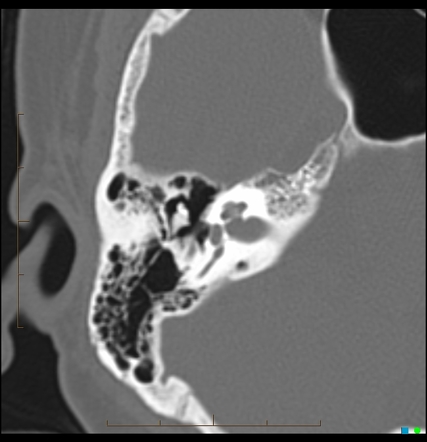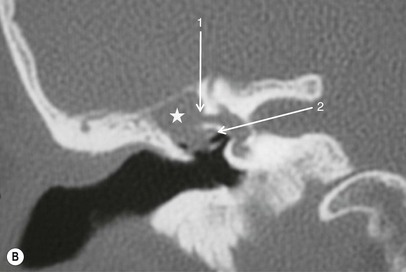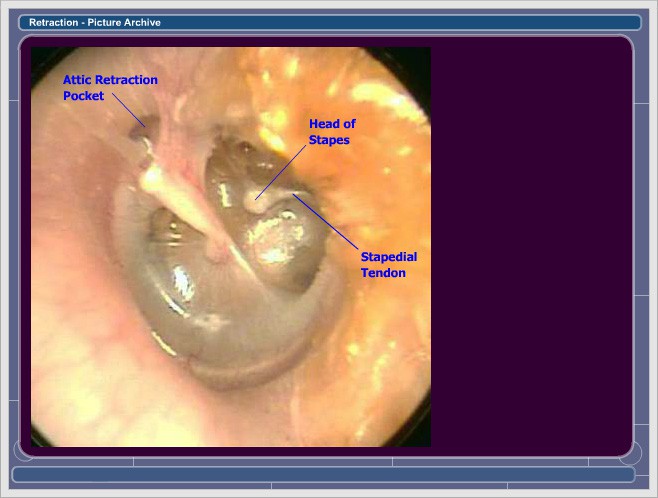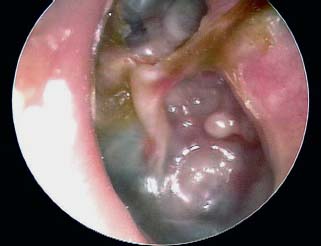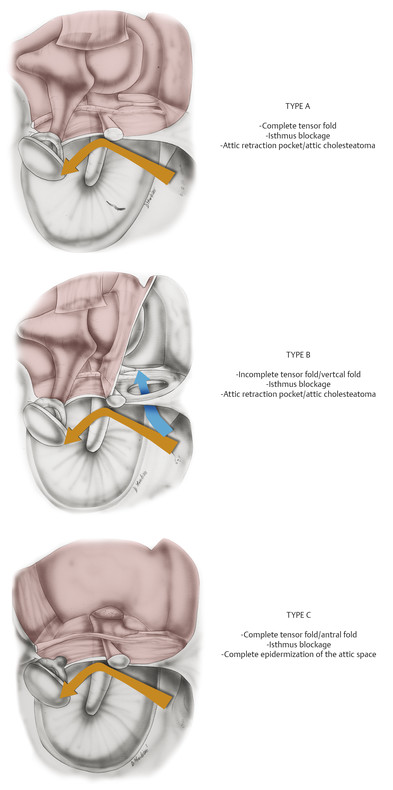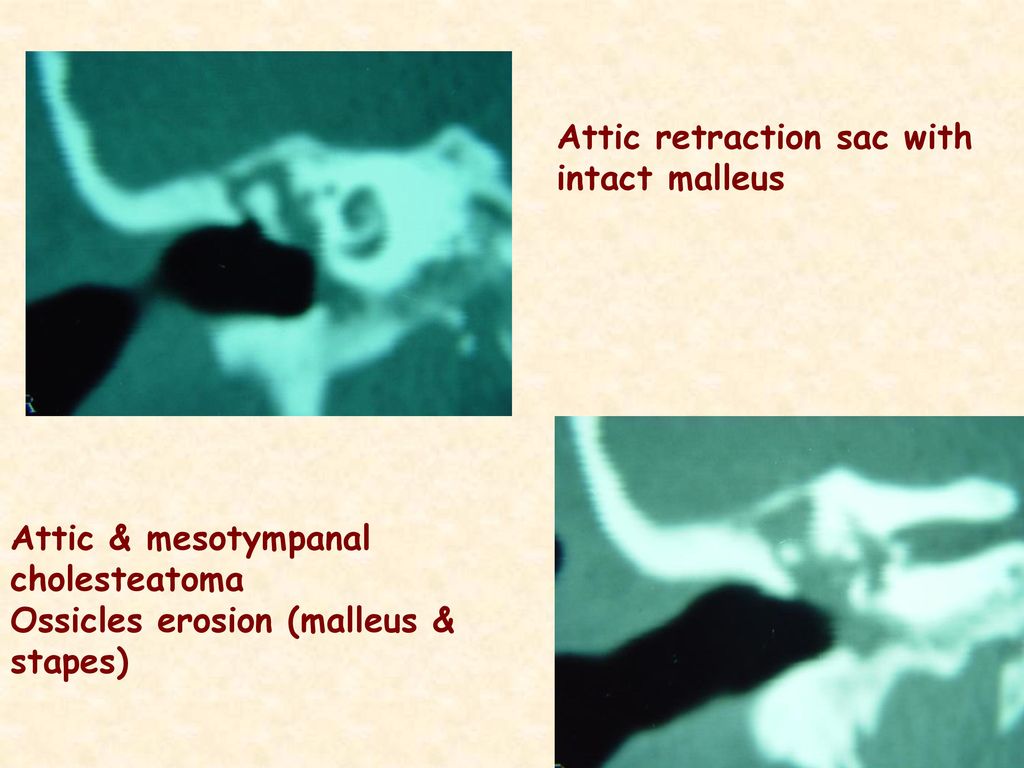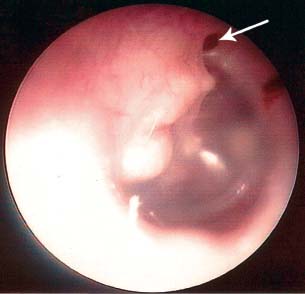Attic Retraction Ct
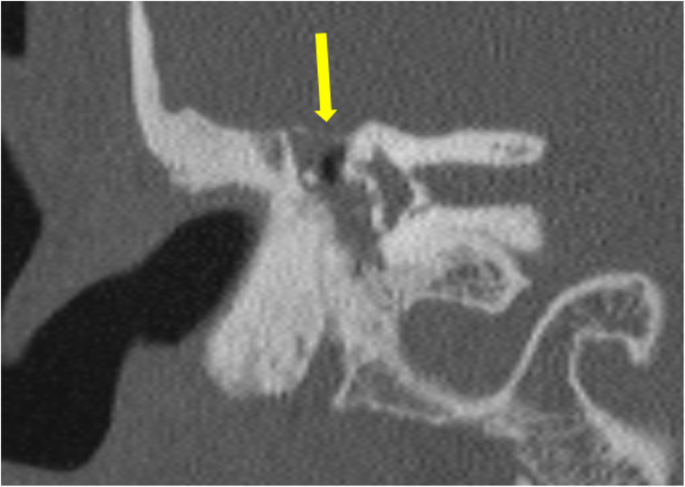
Tympanic membrane retraction usually occurs when a portion of the tympanic membrane becomes weakened and is pulled inwards by the negative pressure within the middle ear.
Attic retraction ct. In 26 of 28 ears with attic retraction pockets at least a portion of attic was aerated and in 22 of these 26 ears the mastoid antrum was also aerated. Audiologic examination revealed conductive hearing loss. As the tympanic membrane is pulled inwards medially it can become draped over the ossicles resulting in a variety of symptoms. Cholesteatomas appear as regions of soft tissue attenuation exerting mass effect and resulting in bony erosion.
Download citation a tiny retraction of the pars flaccida may conceal an attic cholesteatoma objective the purpose of this study was to evaluate the possibility of attic cholesteatomas. The retraction can be subdivided based on severity 1. Five years after the initial examination otoscopic examination revealed an intact tympanic membrane with a tiny attic retraction fig. An acquired attic cholesteatoma may spontaneously drain externally into the external auditory canal leaving a cavity in the attic with the shape of the original cholesteatoma but now filled with air a phenomenon referred to as nature s atticotomy or auto atticotomy.
The appearances on ct scans of chronic otomastoiditis tympanosclerosis cholesterol granuloma attic retraction pocket and acquired cholesteatoma are reviewed and illustrated. Attic retraction pocket in the left ear white arrow with atelectatic prussak s space red circle and eroded scutum yellow arrow. In 26 of 28 ears with attic retraction pockets at least a portion of attic was aerated and in 22 of these 26 ears. We describe and quantify the ct appearance of the auto atticotomy cavity as it pertains to the.
Ct is the modality of choice for diagnostic assessment of cholesteatomas due to its ability to demonstrate the bony anatomy of the temporal bone in exquisite detail. The pertinent anatomy is described and the role of the tympanic diaphragm and isthmus in determining the degree to which middle ear disease may progress is stressed. Among 1320 adult patients 146 patients n 168 ears who had a tiny attic retraction with a normal pars tensa in unilateral or bilateral ears underwent temporal bone ct scans and 18 ears had a soft tissue density lesion within prussak s space among the ears with a tiny retraction of the pars flaccida and a normal pars tensa an attic cholesteatoma was suspected in 10 7 n 18.
